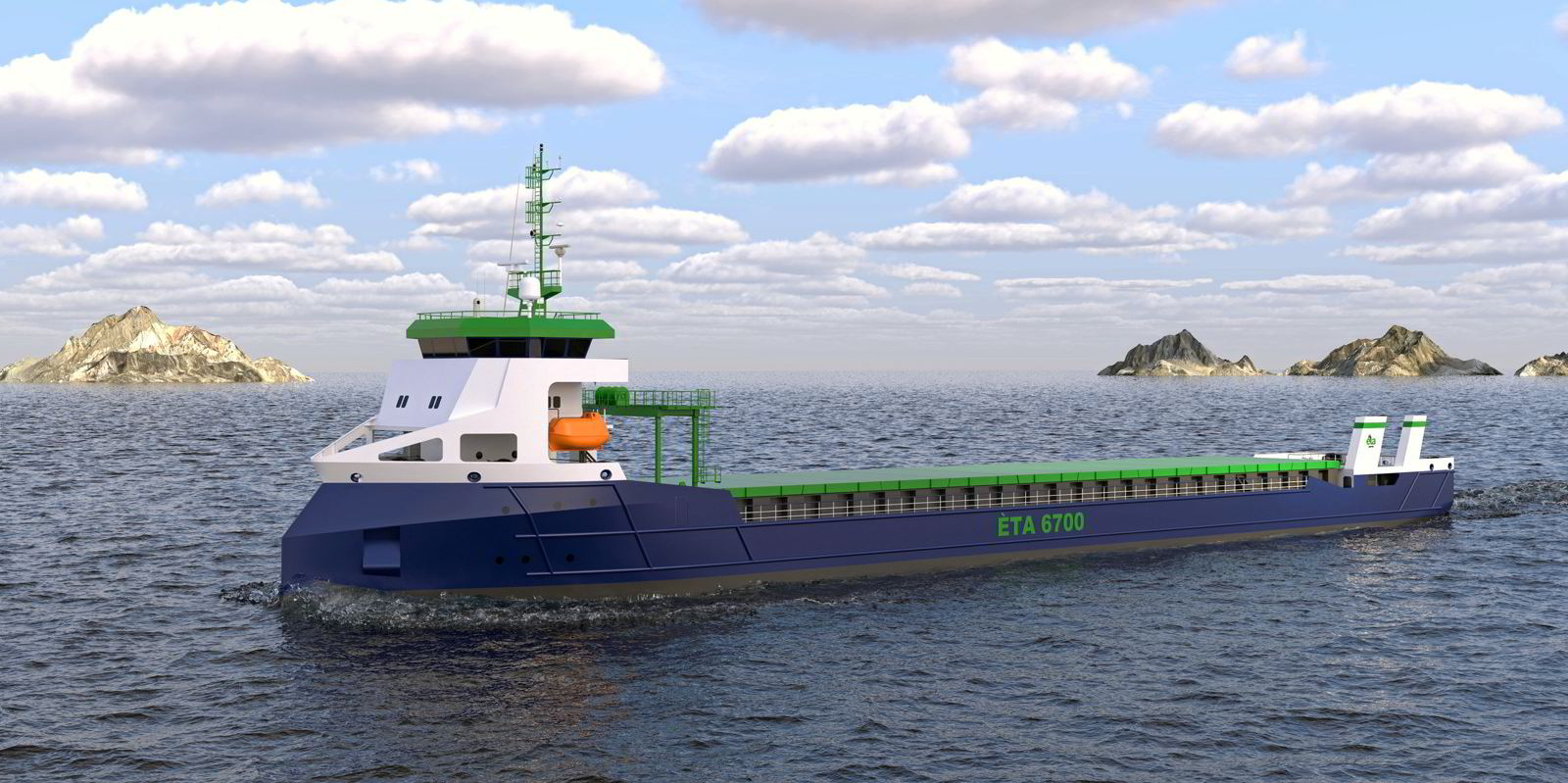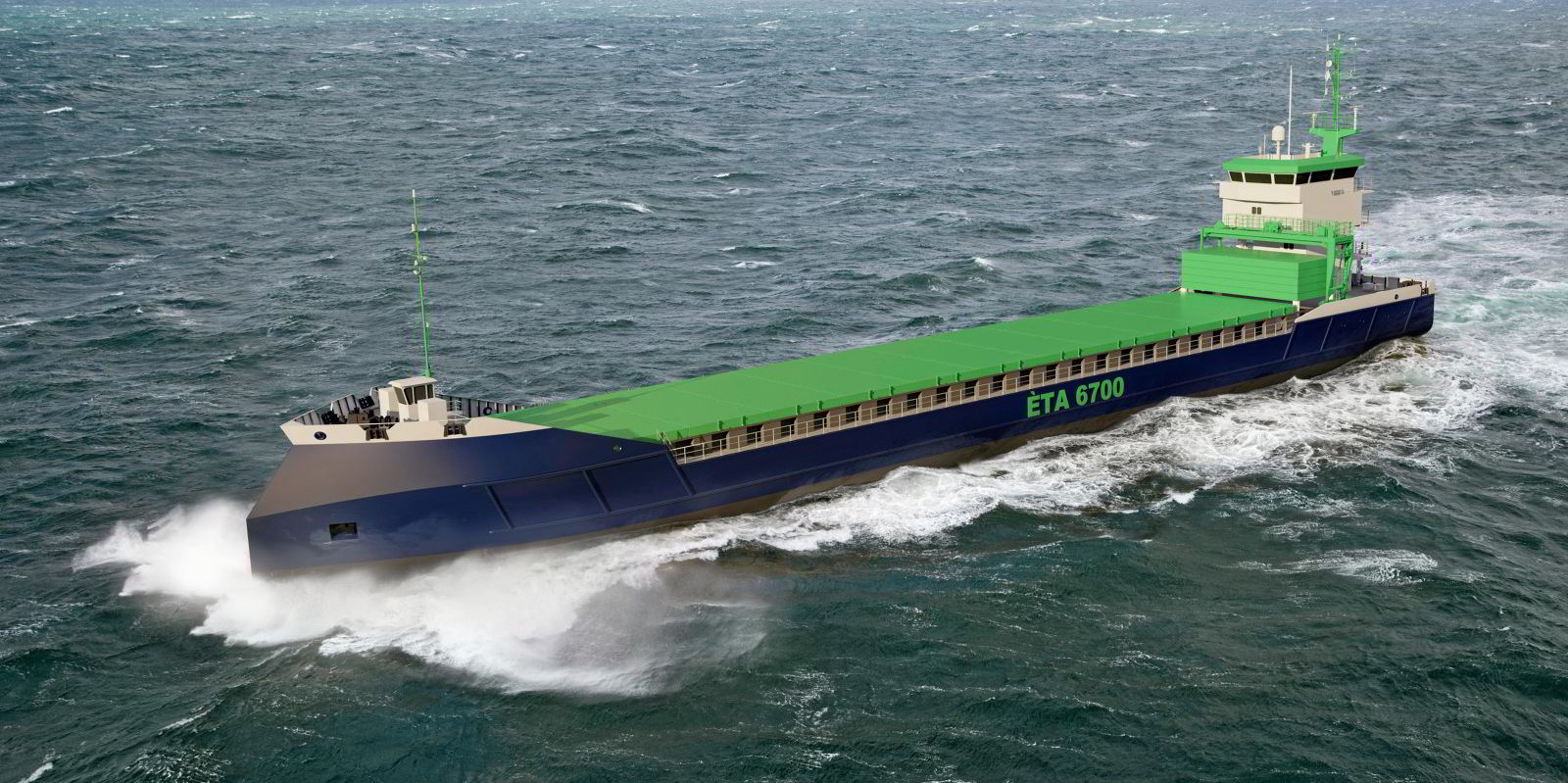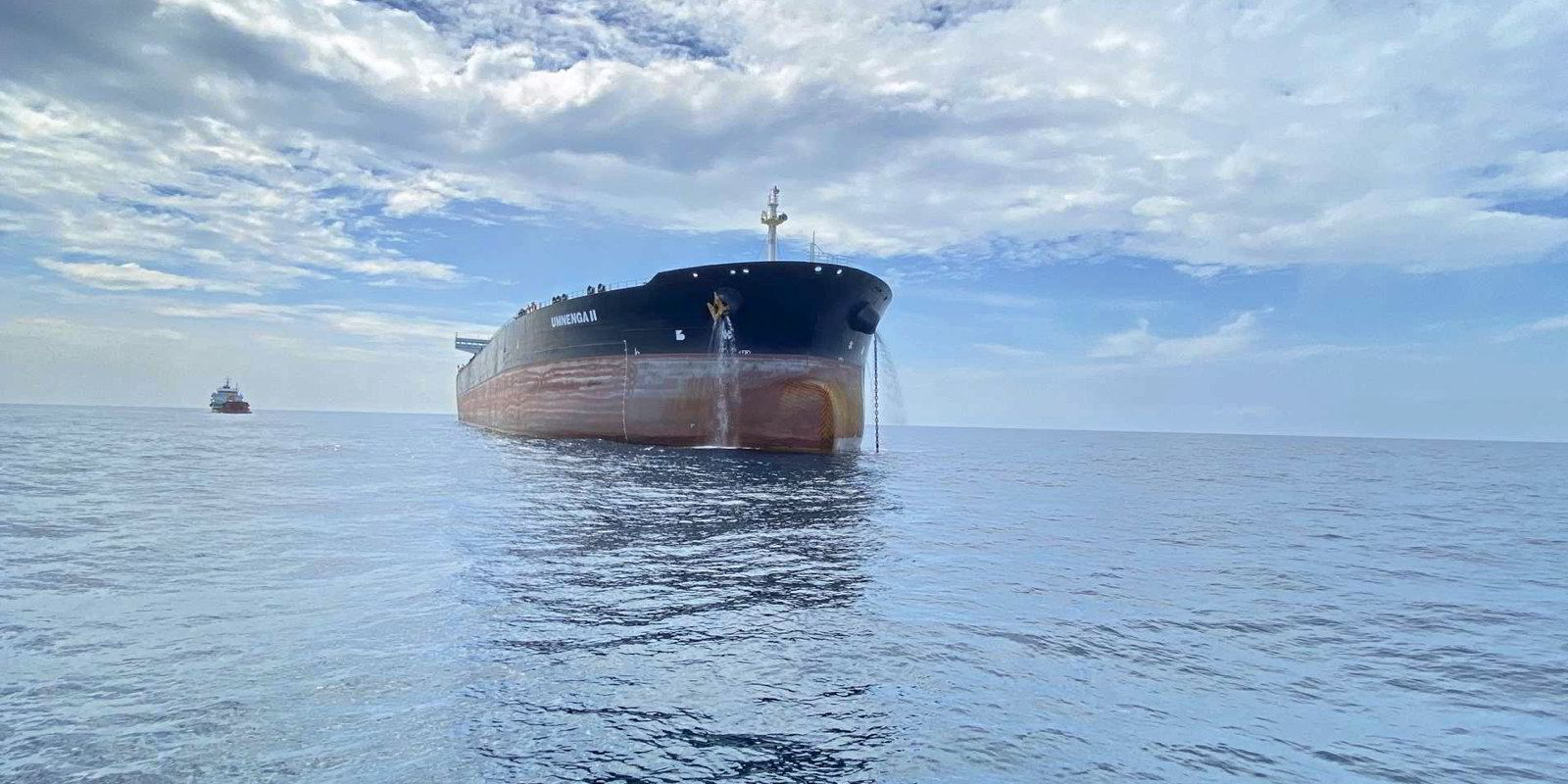Shipowning newcomer Mare Balticum has placed an order for up to 16 low-emissions multipurpose general cargo ships at China’s Taizhou Sanfu Ship Engineering. The long-planned newbuilding series is worth just under $250m including six firm ships and 10 options.
The contract was signed in July, with handover of the first 7,400-dwt, high ice-class vessel scheduled for July 2025, with successive deliveries at two-month intervals. The electric engine-driven ships incorporate a combination of design and propulsion features aimed at cutting emissions and boosting energy efficiency.
Mare Balticum is the joint venture of Dutch shortsea captain Sam Gombra’s ETA Shipping with a new majority equity partner, Swiss trader Mercuria Energy.
Mercuria is a well-established tanker owner through Athens-based subsidiary MM Marine and a major player in physical bunker supply through Minerva Bunkering, but this is its first venture into shortsea shipping. Mercuria head of shipping Larry Johnson serves as managing director.
Gombra, who founded ETA Shipping and has developed the project, remains an executive board member of Mare Balticum. Mercuria holds a large majority shareholding, while minority equity partner ETA Shipping will be responsible for design, newbuilding supervision and technical management.
Commercial arrangements are not yet concluded, and it is still to be determined whether chartering will be in the hands of Mercuria or ETA Shipping.
The ships are optimised for forest products trading, and the joint venture name hints at the trades with which Gombra is familiar from his time as co-owner of ForestWave Navigation.
But the ships on order are flexibly designed for a range of possible cargoes, with tweendecks, long topside space for deck cargo and a single box-shaped hold.
The ETA 6700 design aims to minimise emissions through, what Gombra calls, a modular combination of energy-saving features and containerised battery power. The name reflects the design deadweight of the vessels, which however can carry 7,400-dwt fully laden.
Zero-emission ambition
But at just under 5,000 gt, the vessels still avoid the Carbon Intensity Indicator, Emissions Trading System and European Union marine fuel requirements.
“Of course ETA Shipping has the ambition to be zero-emission as soon as commercially possible, depending on the requirements of the market and willingness to invest in zero-emission solutions,” he told TradeWinds. “But by the modular set-up, the vessel can easily and soon transit to minimum or zero emission.”
Gombra would not disclose the price but confirmed that a previous TradeWinds report in 2021 of approximately €14m per ship remains very close to the current price tag.
The order has been years in the making.
TradeWinds reported in April of that year that Gombra’s ETA Shipping planned to order six ships, at the time with the backing of Dutch investor RiverMaas and with plans for long-term charters to an unnamed Finnish forest products player.
Mercuria’s participation in the project came not directly through the company’s own shipping activities, but through its goal of placing at least 50% of its financial investments in environmentally sustainable projects.
Gombra told TradeWinds he was introduced to Mercuria by Dutch independent financial consultant Hans Simons. The courtship took about a year, he said.
Meanwhile, Gombra has continued to hone the design for greater energy efficiency. The biggest changes during the period have been moving the accommodation forward to minimise gross tonnage, plus enlarging the propeller diameter and adding a Japanese-designed double rudder configuration.
Torque, power and rpm
Gombra explained that the four-stroke diesel engines that power conventional shortsea vessels severely limit the efficiencies that larger, slower-turning propellers can achieve because they have a limited operating window in torque, power and rpm.
“But electric motors, without a gearbox to gain efficiency, can achieve full torque from zero,” he said. His electric-engine powered ETA 6700 design, with propellers now enlarged to 4.7m in diameter, can dial the shaft speed down to about 70 rpm and achieve 10.5 knots fully laden at under 900 kilowatts.
The other main refinement is the use of twin rudders on either side of the propeller, rather than a single rudder behind the propeller.
Gombra said the independently manoeuvrable Wartsila “gate rudders” increase efficiency by over 5% by getting the rudder out of the way of the water flow from the propeller, and creating higher course stability.
The gate rudders can also close behind the propeller to give the ship backward thrust in docking operations and improve manoeuvring. He said the ETA 6700 design is the first ice-class ship to adopt the gate rudder.





